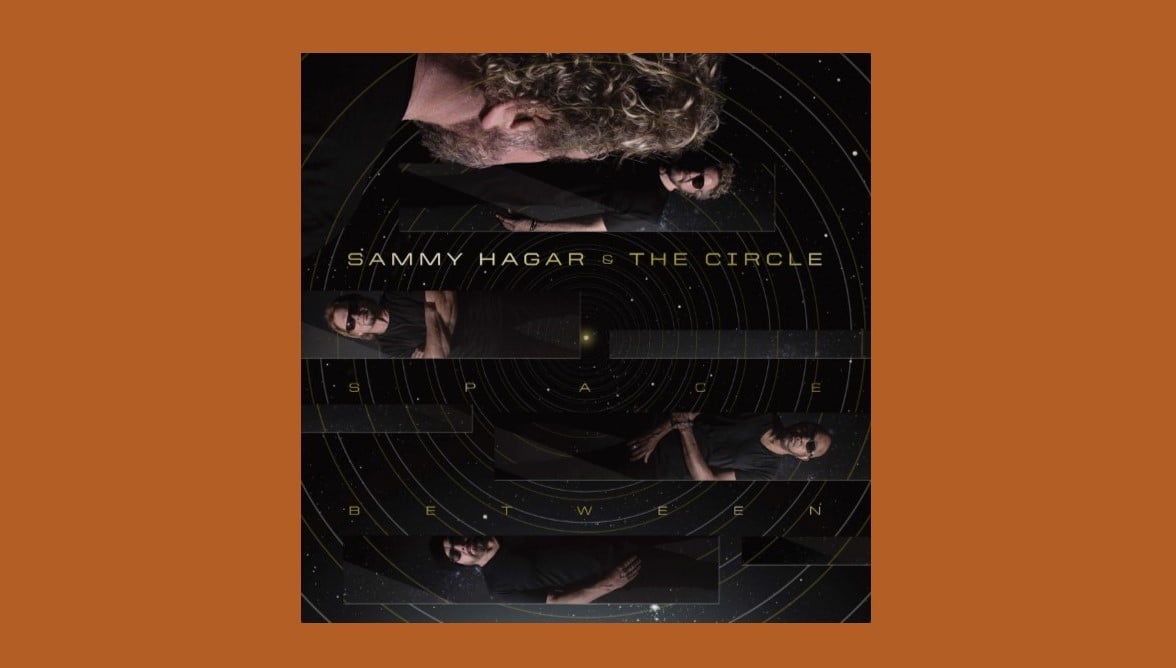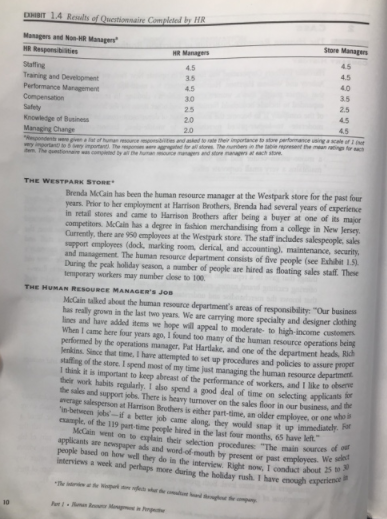
The importance of the Japanese tearoom does not lie in the walls, floor, ceiling, but the space of ma surrounded by these elements. While mu is that which one cannot feel, ma makes it palpable and tangible. For me, both are concerned with the invisible. I think in English, both mu and ma are justifiably translated into nothingness. He starts by saying that: The space of nothingness is where one finds … life’s richness. Terms mu (nothingness) and ma (the space in between and the negative space around and between objects) in several ways. Ando clarifies the differences between the Working as a museum curator in a building by Tadao Ando, the famous Japanese architect, I connected with his use of ma as a design principle. The space between two works of art can become almost as important as the pieces themselves. Thinking about the ma is a wonderful way to hang art on a wall. This can be an energetically charged space that enhances both objects while keeping their individualities distinct. The term ma may also mean the place between two objects.
#The space in between full full#
Their ma is full of light, revelation, creativity and positive energy rather than a transition filled with fear, doubt and frustration. With it, the Japanese see the sunshine between the door jambs, not storm clouds. It thus emphasizes the positive qualities of transitions. Its Kanji character graphically places the one for sun inside a door. In such a state, one may feel confused and frightened, or one may feel surprisingly liberated and open to new possibilities where anything might happen.” (Francesca Freemantle, Luminous Emptiness)įreemantle’s explanation of bardo reminds me of the Japanese word ma, which also is translated as a transitional state. It is an open space filled with an atmosphere of suspension and uncertainty, neither this or that. “(The bardo) can act as a boundary that divides and separates, marking the end of one thing and the beginning of another but it can also be the link between the two-it can serve as a bridge or a meeting place that brings together and unites. The Buddhist author Francesca Freemantle explains further: It may describe that space in between breaths, or the present moment between past and future. Yet, the bardo can be interpreted as any transitional state, any state that lies between two other states.


If you’re a Tibetan Buddhist, in-between spaces or transient realms are best captured by the Tibetan word bardo, which has been translated traditionally as that period between death and rebirth. My path as a healthy-eating Buddhist began.Īnother practice that I developed along the way is “contemplating the space in between.” It also helps me as a pilgrim on this cancer journey. Sitting still on a cushion and feasting on organic foods came more naturally to me than exercise and yoga. He encouraged me to meditate, do yoga, eat well and exercise daily. The cancer’s course, where it stops and starts again and how long it extends its reach, is unpredictable.

She straightforwardly explained the number of treatments, the progression of this incurable disease and gave me a survival rate of three and a half years.Ī doctor at The University of Texas MD Anderson Cancer Center responded differently: he bans the phrase ‘terminal illness’ in his clinic.

Downer, presented me with a grim outlook. In August 2014, I received a stage 3c ovarian cancer diagnosis.


 0 kommentar(er)
0 kommentar(er)
